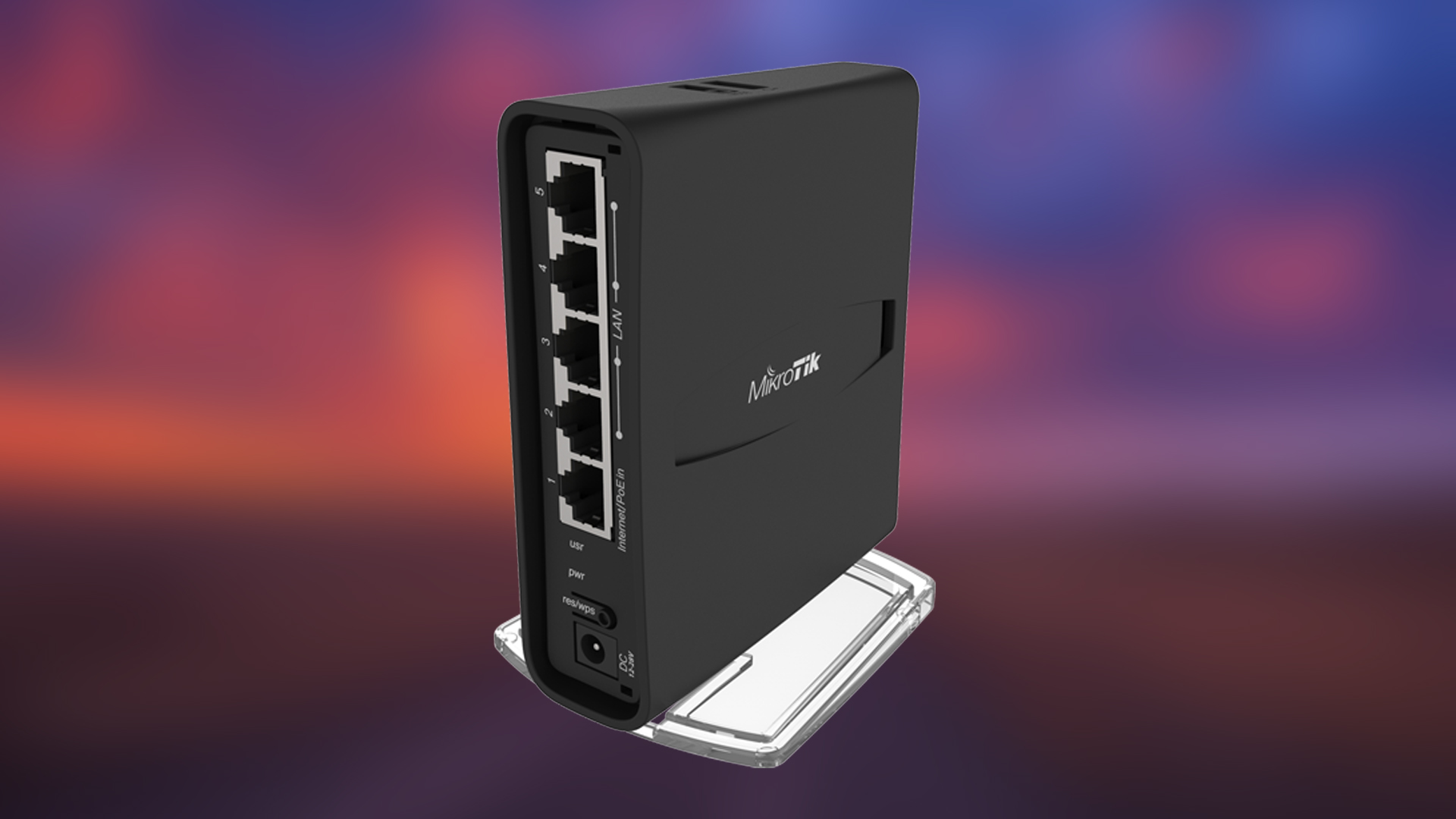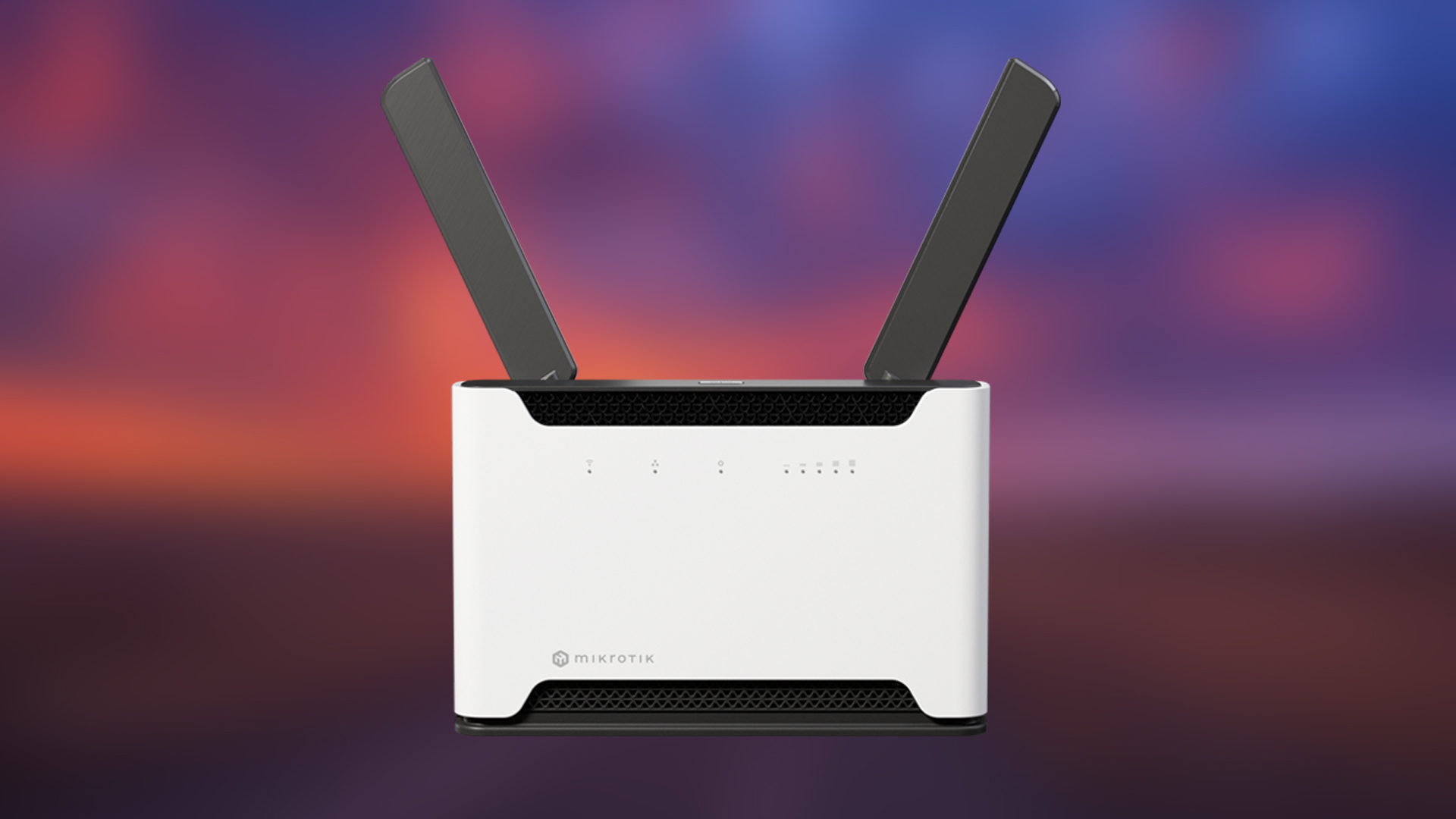Explore the differences between 2.4 GHz and 5 GHz WiFi, and examine their bandwidth and other characteristics.

For a very long time, 2.4GHz was a very popular choice for a WiFi connection. As time evolved, tech evolved. At 5 GHz, the primary advantage of this frequency band is the sheer bandwidth advantage it provides. 2.4GHz follows the 802.11b/g/n standards. 5 GHz operates on the 802.11ac and ax standards. Both have their pros and cons; you need both for your day-to-day use, but the use cases vary widely. This article explains the fundamental differences between the two and which one is better, depending on your use cases.
2.4GHz and 5GHz WiFi – Frequency and Channel Structure

We all know that 5 GHz is significantly faster than 2.4 GHz. There is a general rule that the more numbers, the newer the tech, the better the tech will be. Not precisely the case with wireless networks. 2.4GHz is equally important today. It is widely used in various devices, including your wireless mouse, although not exactly this iteration; however, the technology is somewhat similar. In technical terms, as complex as these terms may be, here are the architectural differences.
WiFi 2.4:
- WiFi 2.4 GHz operates on the 2.4 GHz to 2.4835 GHz frequency range, with 14 channels spaced 5 MHz apart from each other.
- The channels are numbered 1-14, with each channel occupying ~22 MHz of bandwidth. There are only three non-overlapping 20MHz channels (1, 6, 11) that minimize adjacent-channel interference.
- Channel 14 (2484 MHz) follows the 802.11b standard and is only permitted for use in Japan.
WiFi 5:
- WiFi 5 GHz operates from 5.150 GHz to 5.825 GHz and is divided into 24 primary 20 MHz channels. The channels are (36-64, 100-144, 149-165).
- The DFS channels help in boosting bandwidth capacity (channels 52-64, 100-144). Please note that there may be delays of 1-10 minutes due to Channel Availability Checks.
Theoretical Speed and Tech Comparison

Below is a simplified comparison that helps you understand the variance in this tech. For reference, Wi-Fi 6 is also mentioned, as it operates on the same frequency band. For starters, let’s clarify what these SU-MIMO, MU-MIMO, OFDMA, and BSS Coloring terminology mean.
- SU-MIMO: Router-to-client communication is limited to one device at a time, utilizing multiple antennas for both sending and receiving connections.
- MU-MIMO: Upgrades the weaknesses of SU-MIMO. Communication can now happen between multiple devices simultaneously.
- OFDMA: WiFi channels are divided into smaller sub-channels, thus improving packet transfer efficiency.
- BSS Coloring: Assigns a color identifier to channels, reducing traffic collisions in the process.
| Standard | Features | Theoretical Max Rate |
| 802.11n | 2.4/5 GHz – 20/40 MHz channels – SU-MIMO | 450 Mbps |
| 802.11ac Wave 1 | 5 GHz – 20/40/80 MHz channels – SU-MIMO | 866.7 Mbps |
| 802.11ac Wave 2 | 5 GHz – up to 160 MHz channels – MU-MIMO | 1.73 Gbps |
| 802.11ax (Wi-Fi 6) | 2.4/5 GHz – up to 160 MHz channels – MU-MIMO, OFDMA, BSS Coloring | 2.4 Gbps |
Range and Coverage
Now, aside from all the technical differences. 2.4 GHz has several advantages over 5 GHz; this is because 2.4 GHz is a lot thinner and penetrates walls much better than 5 GHz. This is one of the reasons why 2.4 GHz has a range advantage. 5 GHz is best suited for smaller areas, as it’s ideal for open spaces or use cases near the router.
Interference and Congestion
Due to the popularity of 2.4 GHz routers, those on this frequency band face heavy interference from neighboring networks. Resulting in heavy packet drop, bandwidth drop and more issues. 5 GHz, on the other hand, experiences less interference and benefits significantly from the additional non-overlapping channels present in its operating spectrum.
Device Compatibility and Power
2.4GHz is almost everywhere and is widely supported. Say IoT products, smartphones, TVs, laptops, anything with a Wi-Fi connection that supports the 2.4 GHz channel. The power requirements for 2.4 GHz are also bare minimum. Unfortunately, 5 GHz is still not as widely adopted as 2.4 GHz, although many budget routers offer dual-band Wi-Fi support. To fully enjoy WiFi 5, you need expensive stuff; cheap WiFi 5 routers do not last that long. This is because the technology requires a lot of power to operate; as a result, cheap components fade away quickly. A real-life example of this is routers losing range over time.
Conclusion: Which Should You Use?
Go for the 2.4GHz one for the broadest coverage. Nothing can beat 2.4GHz in terms of range and device compatibility. Legacy devices work best with 2.4GHz, specifically those operating on the 802.11b or 802.11g standard.
Opt for 5 GHz if you are sitting close to the router and require the fastest and lowest possible latency, along with a rock-solid, stable connection when gaming.
We provide the latest news and “How To’s” for Tech content. Meanwhile, you can check out the following articles related to PC GPUs, CPU and GPU comparisons, mobile phones, and more:
- 5 Best Air Coolers for CPUs in 2025
- ASUS TUF Gaming F16 Release Date, Specifications, Price, and More
- iPhone 16e vs iPhone SE (3rd Gen): Which One To Buy in 2025?
- Powerbeats Pro 2 vs AirPods Pro 2: Which One To Get in 2025
- RTX 5070 Ti vs. RTX 4070 Super: Specs, Price and More Compared
- Windows 11: How To Disable Lock Screen Widgets
 Reddit
Reddit
 Email
Email


